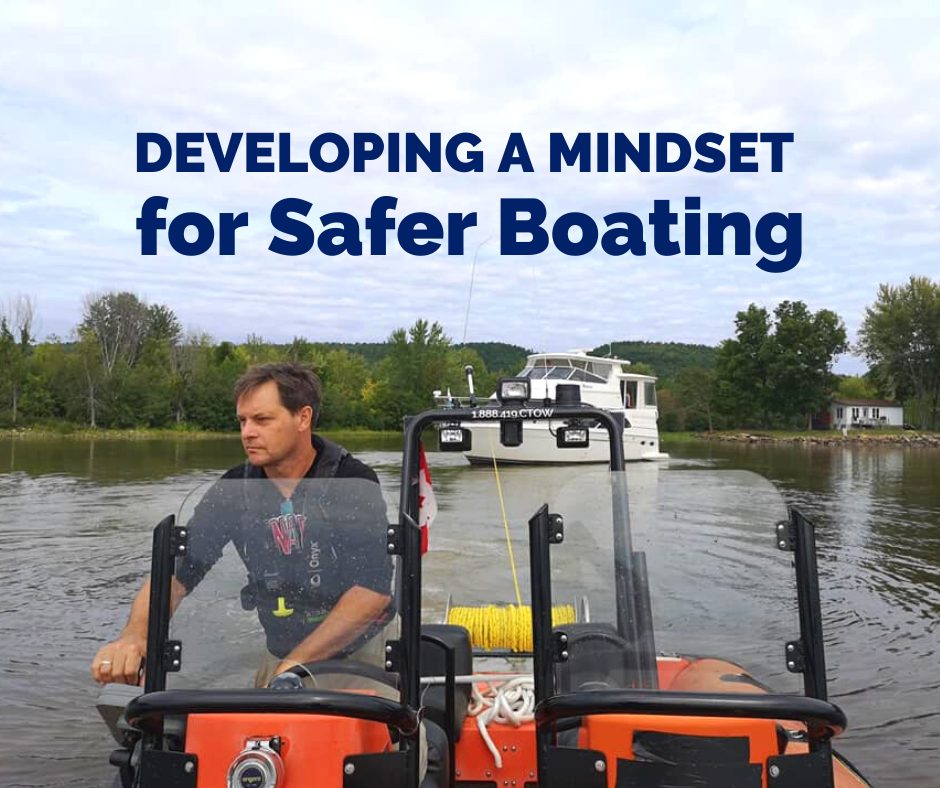
So many safety resources for boaters come in the form of a checklist. These lists are certainly useful, and a great tool for making sure you have everything packed, prepared, and ready every time you get on the water. That being said, checklists are just one part of a safety-first mindset. It’s a combination of preparation, planning, equipment, and experience.
Especially in a year where there are plenty of new boaters on the water, now is the time to think about your own safety skills and what you can improve for the remainder of this season, and throughout your life.
Understand your skill level. Not everyone is a master mariner, and that’s okay! You can take various courses to learn more skills, boat with others who can expand the overall ability level on-board, and of course, reach out for help if you need it on the water. Prepare for the worst by having a plan for when things go wrong. That’s what C-Tow is here for.
Know where you’re going. You may not need to plot an exact course — after all, some of the allure of boating is freedom! — but you should research where you will be boating and know what the conditions are. Make this a regular part of boating, so you are never setting out without a plan.
Don’t panic. Often easier said than done, but a level head is a key part of staying safe, even in changing or unexpected situations. We often hear that our C-Tow captains are a calming presence, able to keep their cool in tough moments. That’s because they have learned to quickly adapt with experience on the water. Any time something goes awry, they think about how it could have been done differently, and apply that to the next situation they encounter. By quick assessing the circumstances, staying calm, and learning from what happened, that skill level increases over time.
A safety mindset may not be the most flashy, fun part of owning a boat, but it’s critical if you want to truly enjoy your time on the water. When you can lessen risk, the rewards are that much greater.
